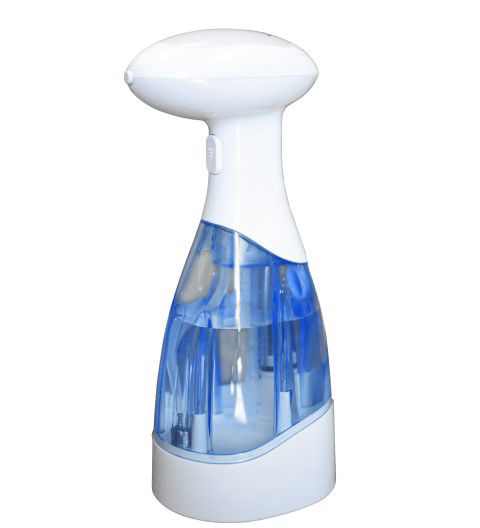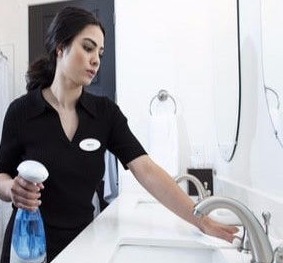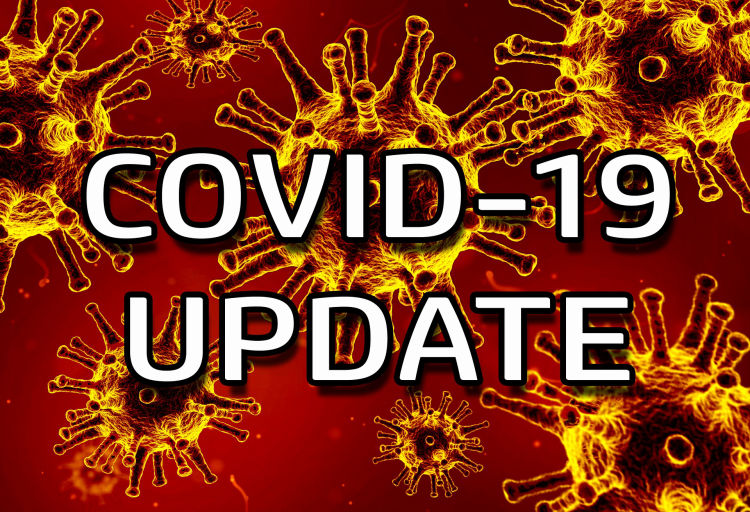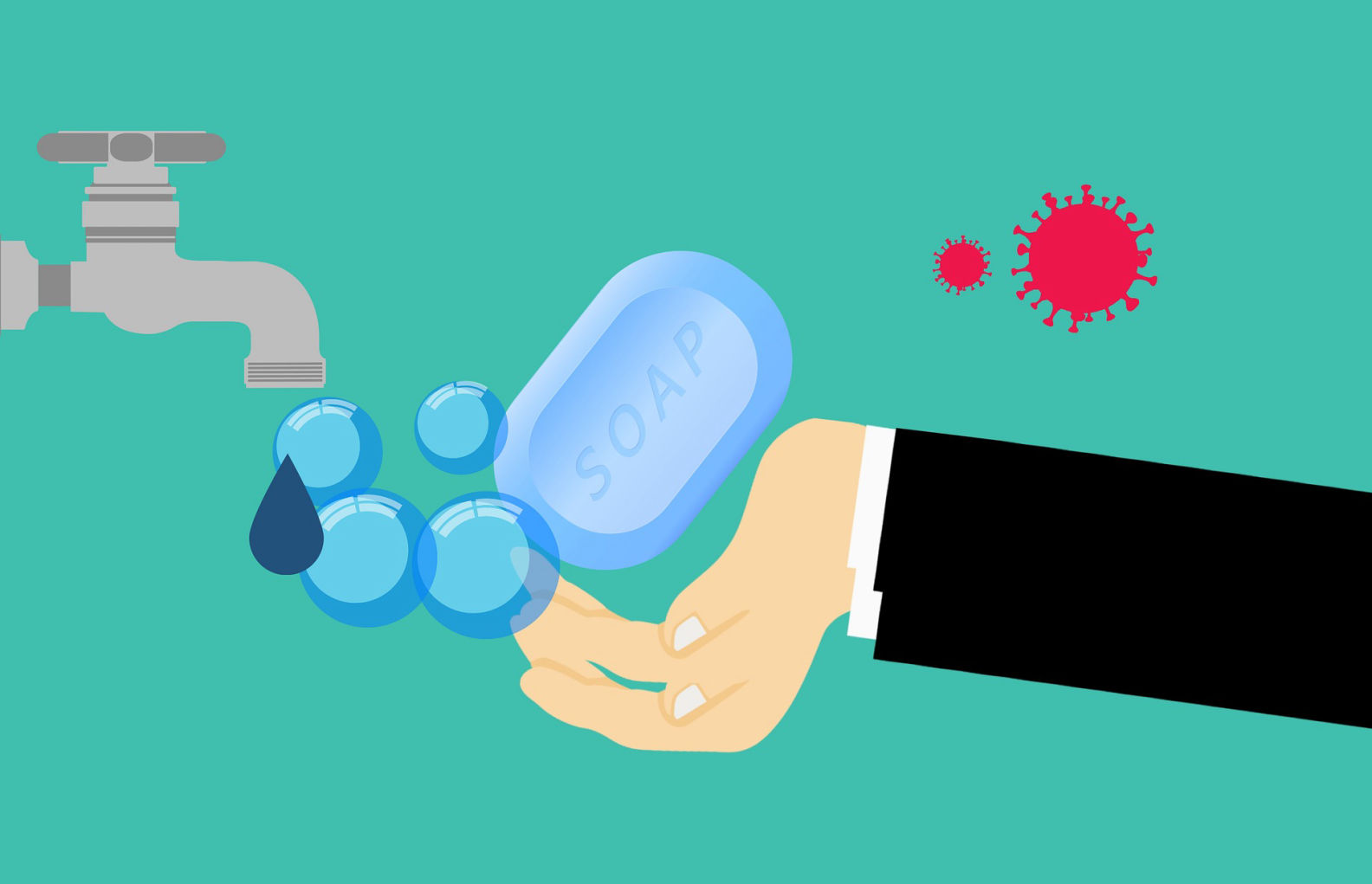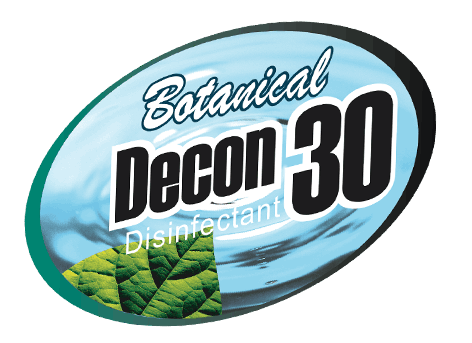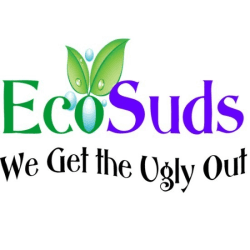The Coronavirus (COVID-19) is impacting us all – where we work, live, and play. Right now, GreenTech Environmental’s mission is stronger than ever and we are closely monitoring the situation. Our facilities remain fully operational and open for business. At the same time, we have an action plan for remote work if we need to elevate our precautions.
REMEMBER:
- If you are sick, please return or remain at home
- Wash hands frequently with soap and warm water for a minimum of 20 seconds and be diligent about cleaning hands after contacting high-touch surfaces such as door handles, bathroom fixtures, keyboards, remote controls, etc.
- Use alcohol-based (60-95%) hand sanitizer frequently
- Cover your mouth and nose with your sleeve, elbow, shoulder, or tissue when you cough or sneeze
- Dispose of used tissues in a lined trash receptacle immediately
- Drink water and rinse your mouth out regularly to keep the level of pathogens low
- Routinely wipe down your work area with alcohol-based cleaners
- Avoid touching your eyes, nose, and mouth
- Contact health officials immediately if you show symptoms or believe you have been exposed to the virus
FAQs
Does pureAir kill Coronavirus (COVID-19)?
Using your pureAir products will help reduce the amount of viruses and other indoor pollutants by keeping your air and surfaces clean and sanitized. GreenTech has dedicated our company to developing safe active air purification technologies. Unlike filters which are ineffective at trapping or inactivating viruses, active technologies inactivate pathogens and break down harmful chemicals in the air and on surfaces using oxygen and hydrogen-based oxidizers, the same oxidizers found in nature.
However, the FTC has made it very clear that, at this time, no person or company can make any claim of any kind specific to COVID-19.
As with any product, overall effectiveness is best when your pureAir is used in accordance with the square footage, set up and maintenance specifications available in the user’s manual and on our website.
Will using a pureAir in my home prevent the spread of Coronavirus if someone I have been in contact with tested positive?
Using your pureAir products will help reduce your risk of viruses by keeping your air and surfaces in your home clean and sanitized, however, the FTC has made it very clear that, at this time, no person or company can make any claim of any kind specific to COVID-19. If you or a loved one has come into contact with Coronavirus, please contact your healthcare professional to receive instructions on how to best handle next steps.
Does pureWash kill Coronavirus (COVID-19)?
Aqueous Ozone (ozone infused into water) is proven to kill viruses. pureWash is no different, in 2015 independent lab testing supported that our technology reduces bacteria up to 99%. However, the FTC has made it very clear that, at this time, no person or company can make any claim of any kind specific to COVID-19.
Why aren’t you marketing anything about pureAir or pureWash as Coronavirus protection?
The FTC has made it very clear that, at this time, no person or company can make any claim of any kind specific to COVID-19.
We encourage everyone working from home to remain healthy during this time. Practice common sense, wash your hands, find moments of comfort with your pets and loved ones, and please remember… we are here for you when you need us!
